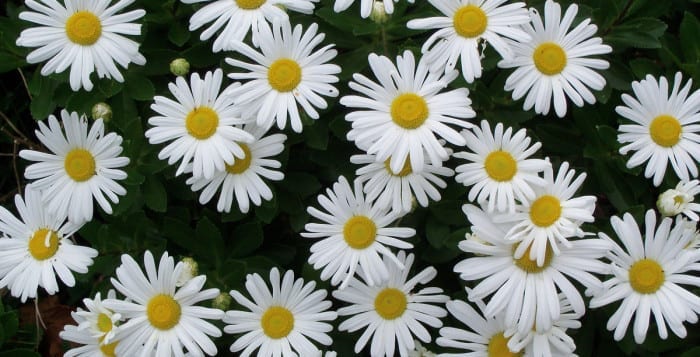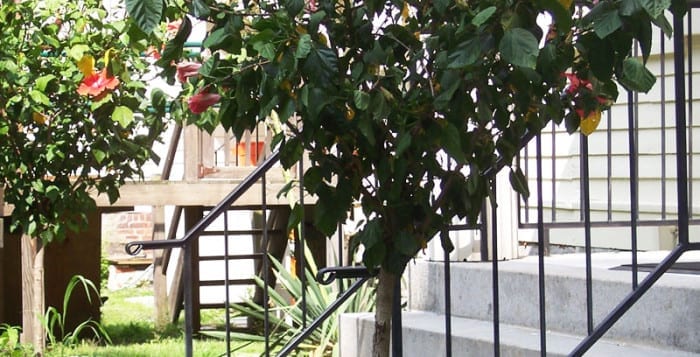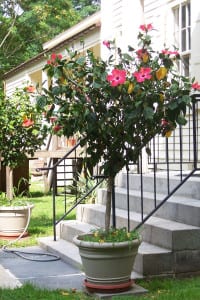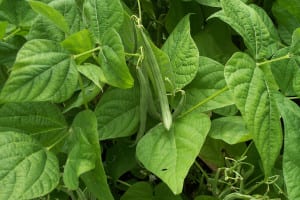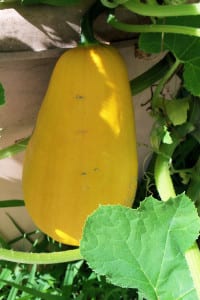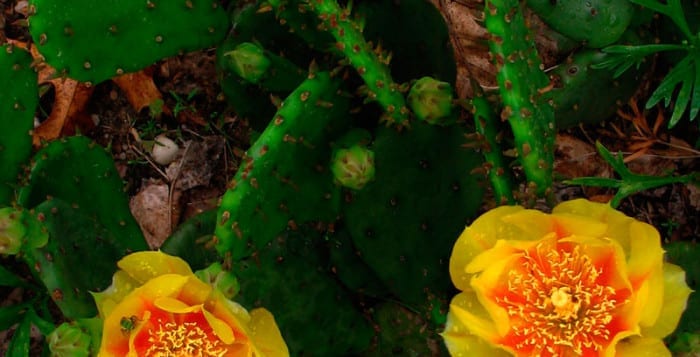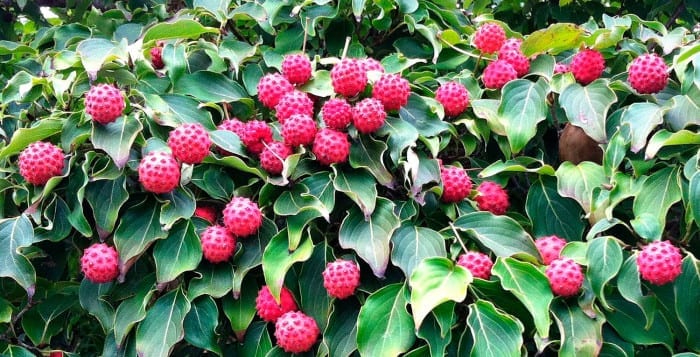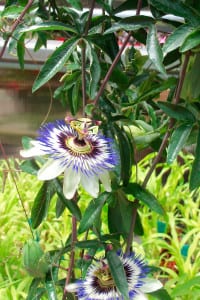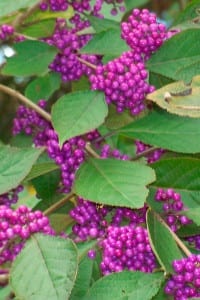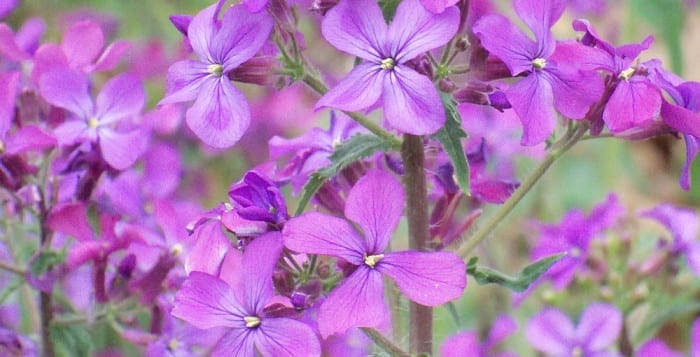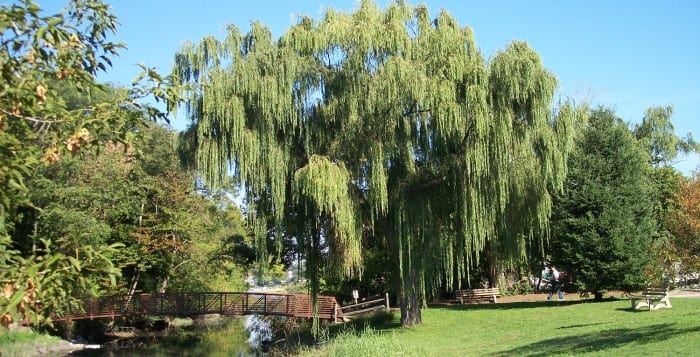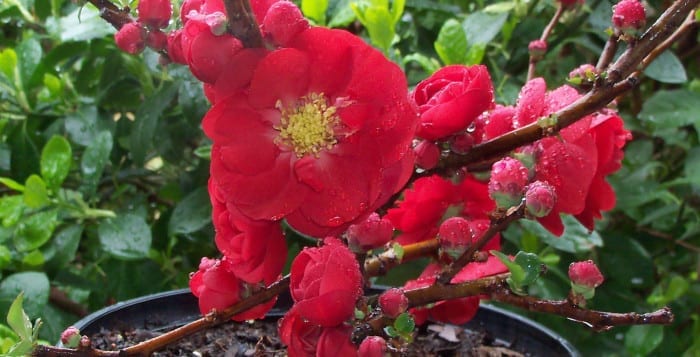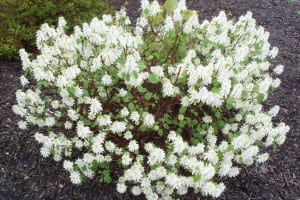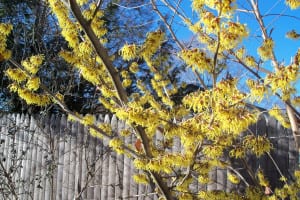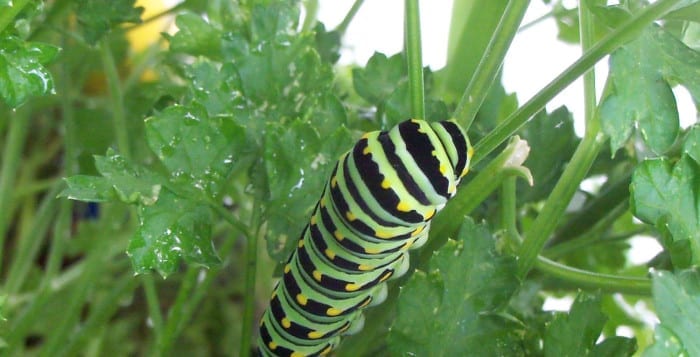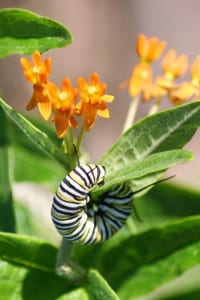By Ellen Barcel
Holidays are a time when people enjoy a rest, take a vacation from work and like to celebrate special occasions. But, holidays can also serve as markers for gardeners, a calendar of sorts, reminding them what needs to be done and when.
February 2 is Groundhog Day, a day in midwinter where whimsy takes over and the rodent “predicts” either an early spring (as this year) or six more weeks of winter. In any event, February is the perfect time to check out the gardening catalogues, plan your future garden and start your hardier crops indoors in a sunny location. Check the seed packages to see how many weeks before moving them outdoors you should sow the seeds. Cuttings from early flowering shrubs, like forsythia, can be made in February and brought inside to force early flowers.
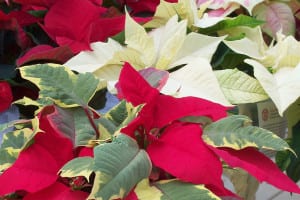
March 17, St. Patrick’s Day, is the traditional start of the pea planting season. Of course, it’s really important to check the weather and the soil conditions. Peas are one crop that prefers cool weather but can’t grow in the extreme cold we usually have on Long Island in mid-March. Think of this as a heads-up to get ready to plant as soon as the soil is workable and warm enough.
Easter is a holiday when people tend to bring forced plants, grown in nurseries, into the house. Be really careful here as lilies, while traditional for the season, are toxic to cats. Even the water that the cut flowers are placed in can cause series health issues for them if they drink it; so keep lilies away from your cats. Generally, plant Easter gift plants in the garden as soon as possible but usually after the blooms have faded — so you can enjoy them in the house.
Memorial Day (some people say Mother’s Day, which is a bit earlier) is usually the start of really warm weather, so that tender annuals, such as tomatoes and herbs such as basil and dill can be moved outdoors. Marjoram and summer savory will also die in a late frost; so wait till the weather is warm enough.
Fourth of July is usually considered as the last date in the growing season that perennial flowers, like Montauk daisies and mums, can be pruned back and still complete a flowering cycle, blooming in very late summer to autumn. The rule of thumb is to start pruning them when green buds appear in spring, and stop 100 days before bloom time. That is usually July 4.
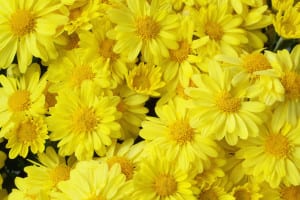
Labor Day is generally the last day in the growing season that second (or third) season crops can be planted. The first frost day on Long Island is generally considered to be early to mid-November; so count backward from that day for the exact planting time, based on the number of days each plant takes to mature. Some varieties of bush beans will produce a crop in 50 to 60 days, which means plant them in early September, that is, Labor Day for a crop before frost. Also, very tender houseplants should start to be brought indoors if they have summered outside. Particularly watch the low night temps.
By Columbus Day all your houseplants should be indoors. Move tender shrubs or small trees like figs to an unheated garage once the leaves fall. Lift tender bulbs and store them in a cool dry place once the leaves have all died back to the ground.
Thanksgiving, late November, is usually the last time you can plant spring bulbs like daffodils, hyacinths, tulips, etc, outside. Those and other spring bulbs can actually be planted as long as the ground is not frozen. If you miss the cutoff date, consider storing them in the fridge till spring.
Christmas is a time when many decorative plants are used in the house. Be particularly careful with indoor plants, such as poinsettias, which can harm both young children and pets if ingested. And we all know that little kids and pets put everything in their mouths.
While the above are generalities, always take into consideration the actual conditions at any given time. If a sudden cold front is predicted for mid-September, make sure that your houseplants are indoors. If the ground is still frozen in early April, then you just can’t plant your early/cool weather plants yet.
Ellen Barcel is a freelance writer and master gardener. Send your gardening questions and/or comments to [email protected]. To reach Cornell Cooperative Extension and its Master Gardener program, call 631-727-7850.

